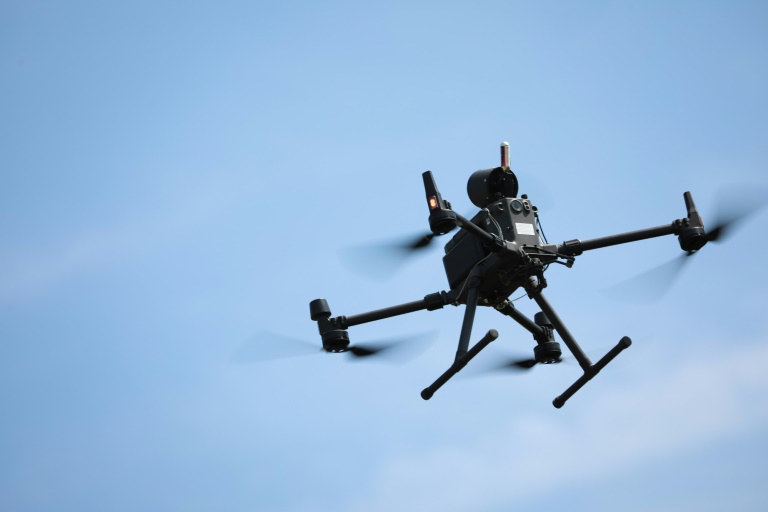With Christmas dinner preparations set to begin in just a day or so, novice chefs may be starting to worry about roasting their turkey perfectly.
The legendary task of preparing, cooking and serving the festive meal can take years to master. However, help is at hand on the Gordon Ramsay Restaurant website, where turkey enthusiasts will find easy-to-follow instructions for cooking a succulent bird.
Yet, one step in the process has previously sparked controversy involving the celebrity chef and could ruin Christmas if not executed correctly.
A meat thermometer, a kitchen gadget used to gauge the internal temperature of meat, ensures it’s cooked safely and to perfection. Consuming undercooked turkey can lead to foodborne illnesses, while an overcooked bird can be dry and tasteless.
The 2021 season of Gordon Ramsay’s hit show Hell’s Kitchen: Young Guns witnessed a controversial elimination due to a budding chef breaking the rules by bringing a digital thermometer into the kitchen. Fans were quick to point out that this strictly enforced ‘no outside equipment’ policy doesn’t seem to apply to Ramsay himself, who is seldom seen probing meat.
Debating on the /hellskitchen Reddit thread, one fan remarked: “Top chefs should know a meat temp by sight and touch, poking a piece of meat will release juices which will ruin the texture and juiciness of the cut,” reports The Mirror.
However, it is far more widely accepted in the cooking world that a probe thermometer is the only way to accurately determine the temperature of meat at any given time. Professional chefs use food thermometers to ensure that their food meets safety standards, and you should definitely be doing the same with your Christmas bird.
How do you use a meat thermometer when cooking turkey?
To use a meat thermometer when cooking turkey, the cooking experts at MasterClass recommend the following steps:
Prepare the turkey
Season and prep your turkey as desired. Place it in the roasting pan and put it in the oven to cook according to your recipe’s instructions.
Choose the right spot to insert the thermometer
For the most accurate reading, insert the meat thermometer into the thickest part of the turkey. For an unstuffed turkey, check the thickest part of the breast and the thigh, avoiding bones, as they can affect the reading.
If the turkey is stuffed, check the temperature of the stuffing as well, ensuring it reaches the safe minimum temperature (74°C/165°F).
Insert the thermometer
Push the thermometer’s probe into the thickest part of the meat. For the breast, place the probe about halfway into the flesh. For the thigh, insert the probe near the bone, but not touching it.
Wait for the temperature to register
Allow the thermometer to stay in place for a few seconds to get an accurate reading. Instant-read thermometers typically take five to 10 seconds.
Check the internal temperature
For a safe and fully cooked turkey, the breast should reach at least 74°C (165°F), while the thigh should be 80°C (175°F). If you’re testing the stuffing, it should also be at least 74°C (165°F).
Check in Multiple Areas: If your turkey is large, it’s a good idea to test the temperature in more than one spot to ensure it is cooked evenly throughout. The turkey is done when the thickest parts reach the correct temperature.
Let the turkey rest
Once the turkey has reached the appropriate temperature, remove it from the oven. Let it rest for 15-20 minutes before carving to allow the juices to redistribute and prevent them from spilling out.
According to BBC Good Food you should always wait for the temperature to stop fluctuating to get an accurate reading. They said: “Another thing to take into consideration, especially with large joints of meat or whole birds, is that the temperature will rise by at least another 5C as it rests, so if you’re after a certain temperature, you’re better to be slightly under.”







